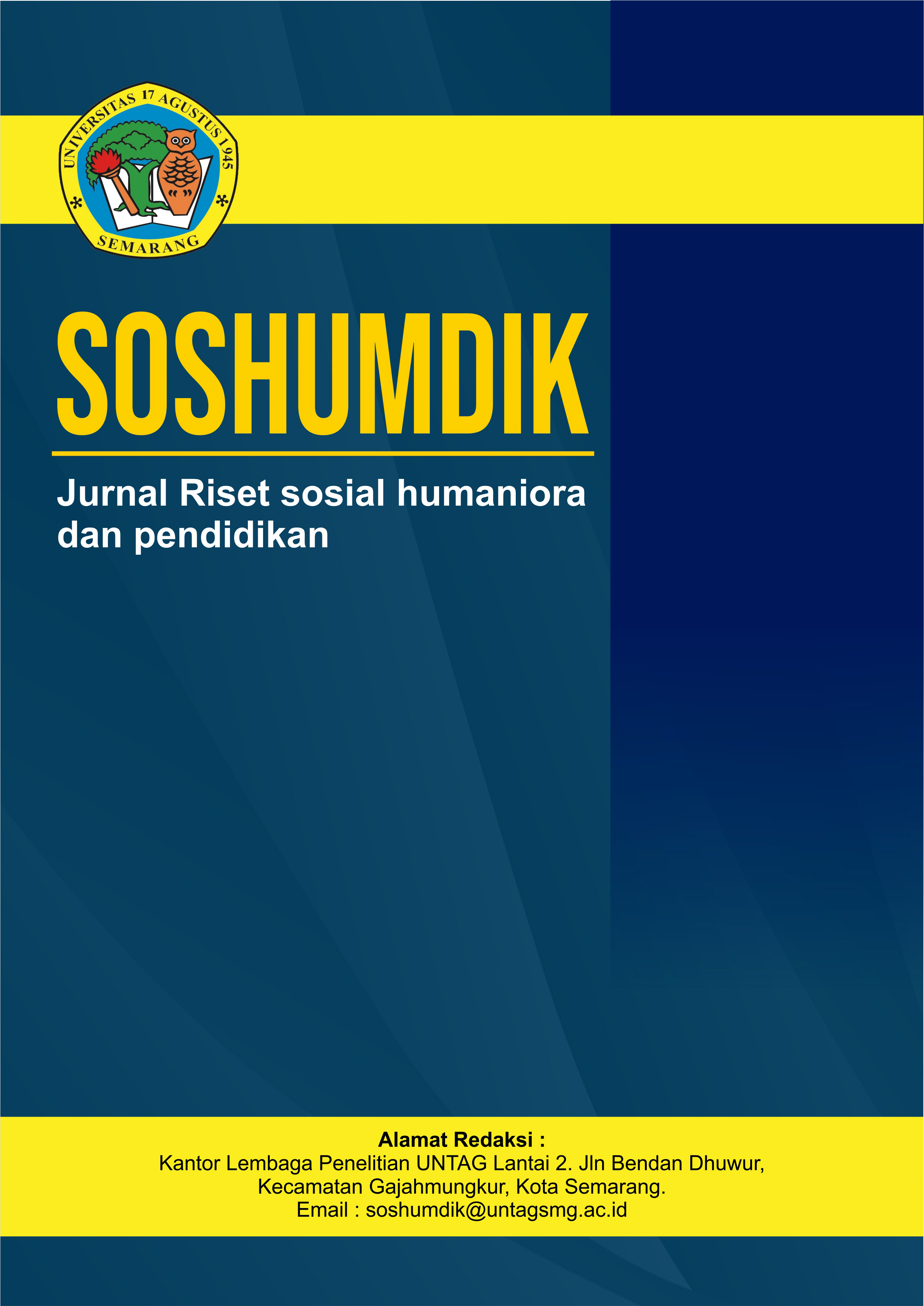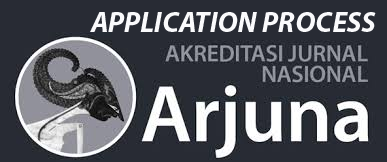Tingkat Kematangan Emosi Santri di Pondok Pesantren Tarbiyah Islamiyah Koto Tinggi Pandai Sikek
DOI:
https://doi.org/10.56444/soshumdik.v3i1.1446Keywords:
Emotional Maturity Level, Students, AdolescentsAbstract
This study aims to determine how the level of emotional maturity of students at Pondok Pesantren Tarbiyah Islamiyah Koto Tinggi Pandai Sikek. (1) The level of emotional maturity of Santri based on gender. This study uses a descriptive approach with the aim of describing the object of research or research results. The descriptive method according to Sugiyono is a method that serves to describe or give an overview of the object under study through the collected data or samples as it is, without analyzing and making general conclusions. With a total population in this study of 174 In this sampling the authors used Proportional Random Sampling techniques. The study determined a sample of 20% of the total population so that 34 students could be determined. The results of this study based on the gender of female students experienced an increase in emotions faster than men. The students are generally in their teens. According to Hurlock, adolescents are said to reach emotional maturity if they are able to restrain their emotional outbursts in the presence of others and wait for the right time and place to express their emotions in an acceptable way. Of the 34 santri, there are 11 male santri, 55% of whom are at the (Sak) level and 45% of whom are at the (Ind) level. And of the 23 female students, 52% are at the (Sak) level and 48% are at the (Ind) level. Indicating that of all students, the average between male and female students has experienced an increase in the level of emotional maturity in (Sak).
References
Ahmad, S. (2018). Bimbingan dan Konseling di Sekolah Konsep, Teori, dan Aplikasinya. Jakarta: PRENADAMEDIA GROUP.
Asih, G. Y., & Pratiwi, M. M. S. (2010). Prilaku Prosoaial dari Empati dan Kematangan emosi. Jurnal Psikologi, 1(1), 36-37. Diakses pada tanggal 8 Januari 2022, pukul 21.00 WIB.
Departemen Agama RI. (2019). Al-Quran dan Terjemahannya. Bandung: CV Penerbit J-ART.
Hukubun, N. (2015). Penerapan Teknik Behaviour Contrac Untuk Mengurangi Agresi Verbal Mahasantri Program Studi Bimbingan Konseling FKIP UNPATI. Sminar Nasional Bimbingan Dan Konseling Universitas Pattimura, 1(2), 52–57.
Hurlock, E. B. (1978). Psikologi Perkembangan. Jakarta: Erlangga.
Pratama, A. R., Iswandi, I., Saputra, A., Hasan, R. H., & Arifmiboy, A. (2023). Pengaruh Model Pembelajaran Learning Cycle 5E terhadap Aktivitas Belajar Pendidikan Agama Islam dan Budi Pekerti di SMA Negeri 4 Kota Bukittinggi. CENDEKIA: Jurnal Ilmu Sosial, Bahasa dan Pendidikan, 3(1), 16-28.
Pratama, A. R., Putri, N., Oktaviany, K., Yusri, F., & Yarni, L. (2023). Pentingnya Guru Memahami Kondisi Psikologi Siswa (Studi Kasus: SD Tahfiz Rahmatul Aisyi 2 Alahan Panjang). Jurnal Pendidikan dan Konseling (JPDK), 5(3), 372-378.
Supriatna, M. (2014). Bimbingan Dan Konseling Berbasis Kompetensi. Jakarta: PT Raja Grafindo Persada.
Susilowati, E. (2013). Kematangan Emosi dengan Penyesuaian Sosial pada Santri Akselerasi Tingkat SMP. Jurnal Online Psikologi, 01(01), 110. Diakses pada tanggal 8 Januari 2022, pukul 20.30 WIB.
Triantoro, Safaria, dkk. (2009). Manajemen Emosi. Jakarta: Bumi Aksara.
Zainurroziqin, A., Mansur, R., & Bela Dina, L. N. A. (2020). Pengaruh Kematangan Emosi Terhadap Sikap Tasamuh Santri Pondok Pesantren Sabilurrosyad Kota Malang. Jurnal Pendidikan Islam, 5, 1–7.










